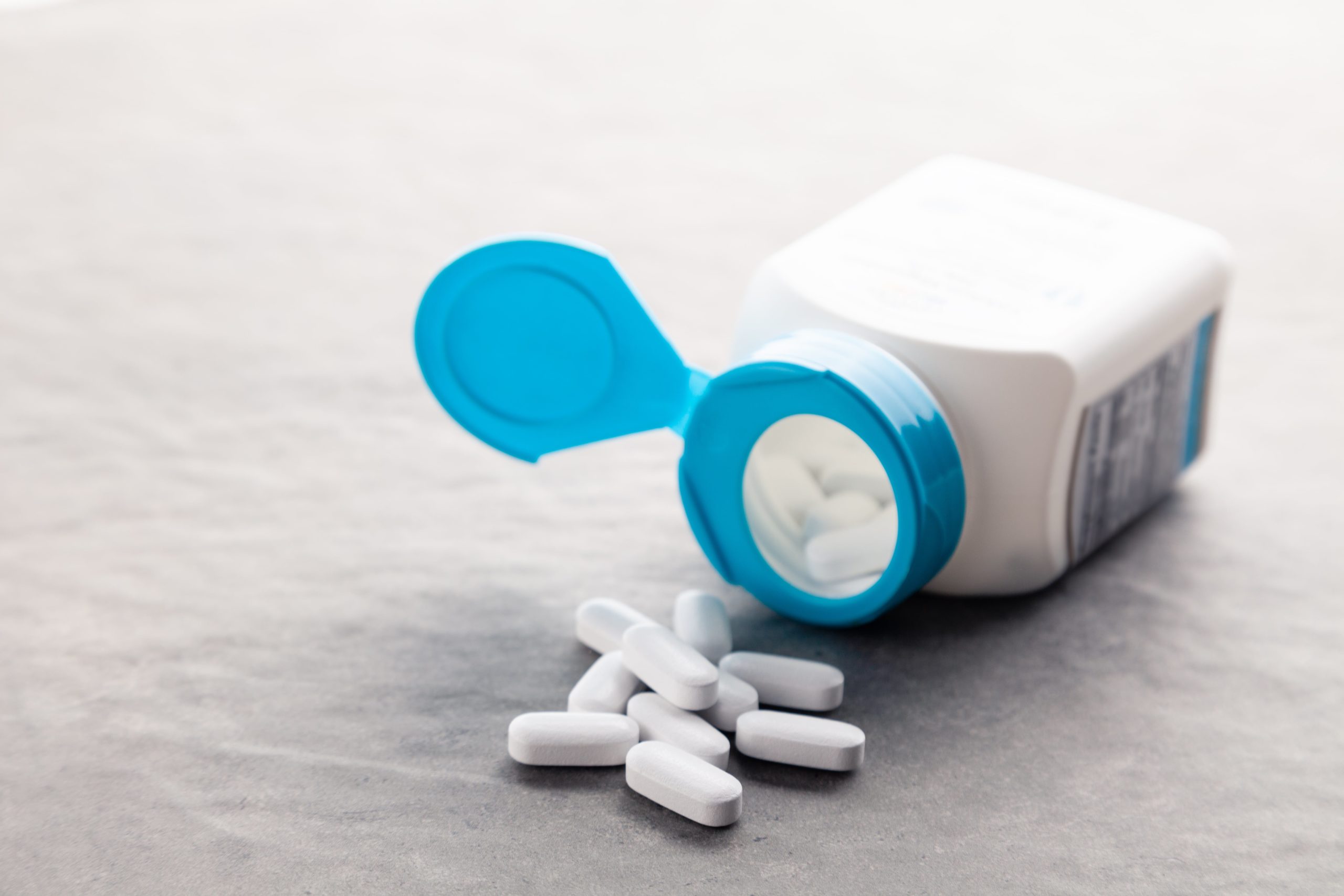When you misuse Vicodin, it can lead to addiction and a substance use disorder. In addition, quitting this drug “cold turkey” can trigger a wide range of unpleasant symptoms of Vicodin withdrawal. As such, when you are ready to get help with your addiction, it is highly recommended to seek medical help for supervised detox.
What is Vicodin?
Vicodin is a brand-name opiate medication prescribed as a pain reliever for people with chronic pain conditions or after a surgical procedure. It is a combination of acetaminophen and hydrocodone. Acetaminophen is a non-additive mild pain reliever that also helps reduce fever.
Hydrocodone is a type of narcotic that affects the nerve endings and neuroreceptors that transmit pain through the central nervous system. This narcotic interacts with the pain receptors to stop them from sending pain signals to the brain.
How Addictive is Vicodin?
Vicodin can be an addictive substance when it is taken for a long time or misused frequently due to its effects, such as:
- • A euphoric state where one feels calm and relaxed
- • Eliminating most or all pain, so the person feels more like themself
- • A sense of overall well-being and contentment
- • Lightheadedness and dizziness while under the drug’s effects
- • Hallucinations and a sense of detachment from one’s surroundings
The brain reinforces these positive feelings as desirable behaviors. As the effects of the drug wear off, the brain can trigger cravings for Vicodin because of the desired effects.
Side Effects of Vicodin Use
Even with its pain-relieving ability, there can be several negative side-effects of prolonged Vicodin use, including:
- • Developing a tolerance for Vicodin
- • Self-medicating and taking large dosages of Vicodin
- • Believing you cannot function normally without being under the effects of Vicodin
- • Becoming paranoid, agitated, or angered at the thought of running out of Vicodin
- • Secretly hoarding Vicodin from others
- • Stealing Vicodin from others that need the medication
- • Attempting to get multiple prescriptions for Vicodin from different healthcare providers
- • Withdrawing from social and personal activities and hobbies
- • Having difficulties with your relationships at home and work
- • Experiencing financial problems from Vicodin misuse
- • Increased risk of liver damage and other health problems
- • Increased risk of seizures, accidental overdose, coma, and death
In addition to these symptoms, you can have withdrawal symptoms after you quit using Vicodin.
Withdrawal Symptoms of Vicodin
Whenever the effects of Vicodin begin to wear off, you can start to notice withdrawal symptoms. These symptoms can become so severe that you take more Vicodin just to alleviate them. However, when you are ready to get help for your Vicodin addiction, you will need to go through withdrawal and could experience the following symptoms of Vicodin withdrawal:
- • Having gastrointestinal issues, such as constipation and cramps
- • Feeling nauseous and vomiting
- • Experiencing general body and muscle aches, pains, and cramps
- • Constantly feeling tired and sleepy or experiencing periods of insomnia
- • Uncontrolled bodily shakes
- • Excessive sweating and fever-like symptoms
- • Developing intense cravings for Vicodin
- • Becoming depressed or anxious because you no longer have the drug
- • Difficulties concentrating, focusing, and making decisions
- • Feeling confused and disorientated
These symptoms cause some people to avoid quitting, they relapse when they try to quit without help. However, you can safely detox from Vicodin with professional support to prevent relapse and medical issues.
How to Safely Detox from Vicodin
Since Vicodin alters how the central nervous system process pain signals, the most unsafe way to detox is to quit “cold turkey.” Even though this might seem like the best approach, it is not because the withdrawal symptoms can become very intense and unpleasant.
The safest way to detox from Vicodin is using a step-down and tapering approach with medical supervision. There are also other non-additive medications that can be prescribed that mimic the effects of Vicodin to help lessen withdrawal symptoms.
The extent of detox will depend on several factors, such as the dosage and the duration of drug misuse. In some cases, it may be safer to lower the Viocin dosage while using medication-assisted treatment drugs.
However, taking this approach does mean detox will take longer. Yet, while it may take longer, it is much safer for you to stop using Vicodin.
How Long Do Vicodin Withdrawal Symptoms Last?
For most people, who undergo medically supervised detox, their withdrawal symptoms will usually peak in two to four days and then gradually begin to decline. Within seven to ten days, they are mostly gone. However, there can be post-acute withdrawal symptoms, like cravings for Vicodin, that can last for months.
At-Home Support for Vicodin Withdrawal Symptoms in Beverly Hills, CA
When you want help with your Vicodin addiction and want to avoid the severe symptoms of Vicodin withdrawal, help is available from MD Home Detox. We offer medically supervised detox treatment programs you can undergo from the comfort of your home in Beverly Hills and the greater Los Angeles area.
Our experienced detox medical professionals will work with you to determine the most appropriate form of detox, including using medication-assisted treatment drugs when they are beneficial. We also provide access and referrals to other professionals for various addiction treatment options when you are worried about relapsing. For further information about safely detoxing from Vicodin at home, or to start your detox, please feel free to contact us today.

